Wolfgang Tillmans
Sound is Liquid
27 Nov 2021 - 28 Aug 2022
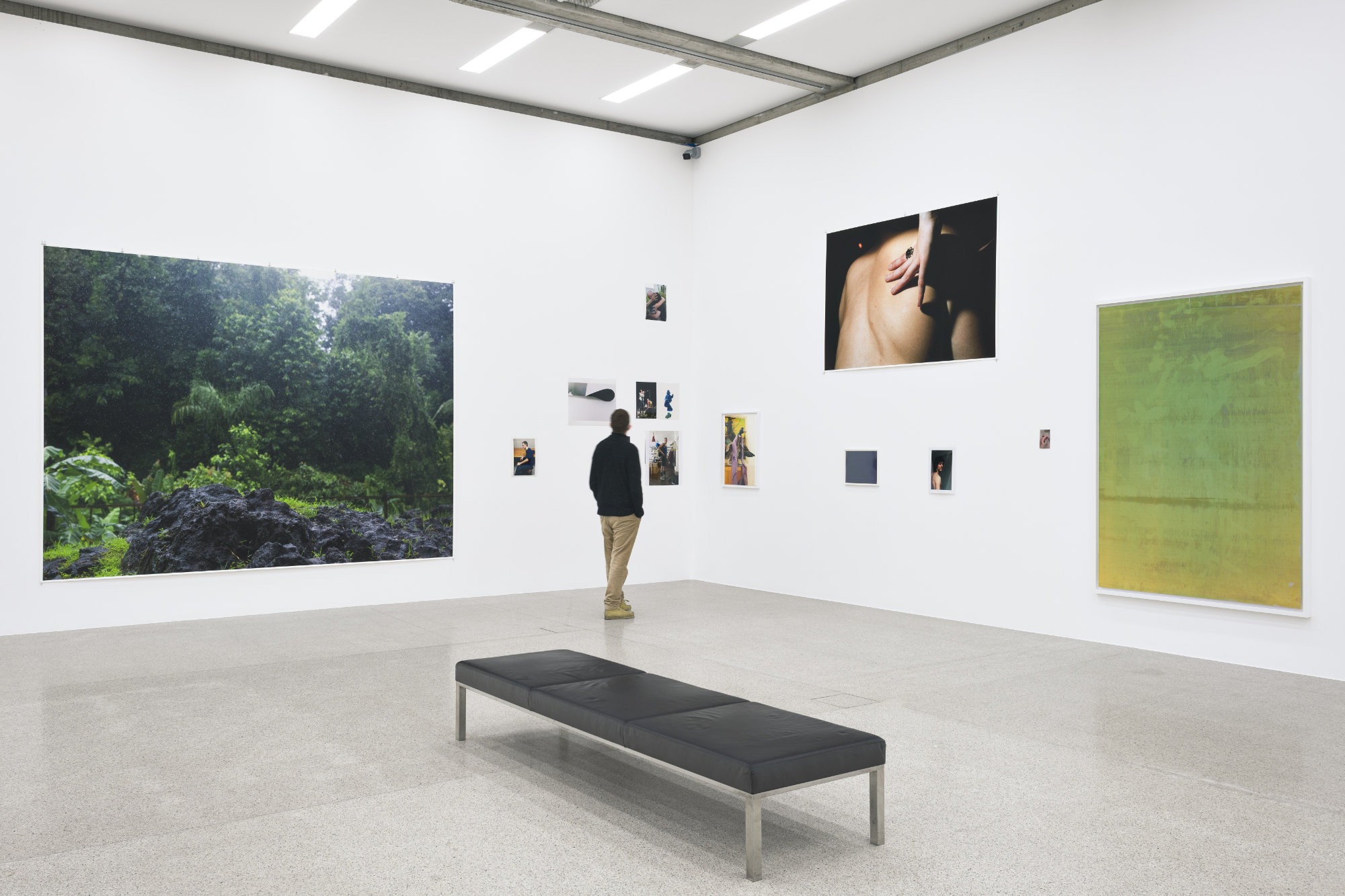
Wolfgang Tillmans, Sound is Liquid, 2021-2022
Exhibition view at mumok, Vienna, 2011
Photo: Georg Petermichl, © mumok
Courtesy of Galerie Buchholz, Maureen Paley, London, David Zwirner, New York
Exhibition view at mumok, Vienna, 2011
Photo: Georg Petermichl, © mumok
Courtesy of Galerie Buchholz, Maureen Paley, London, David Zwirner, New York
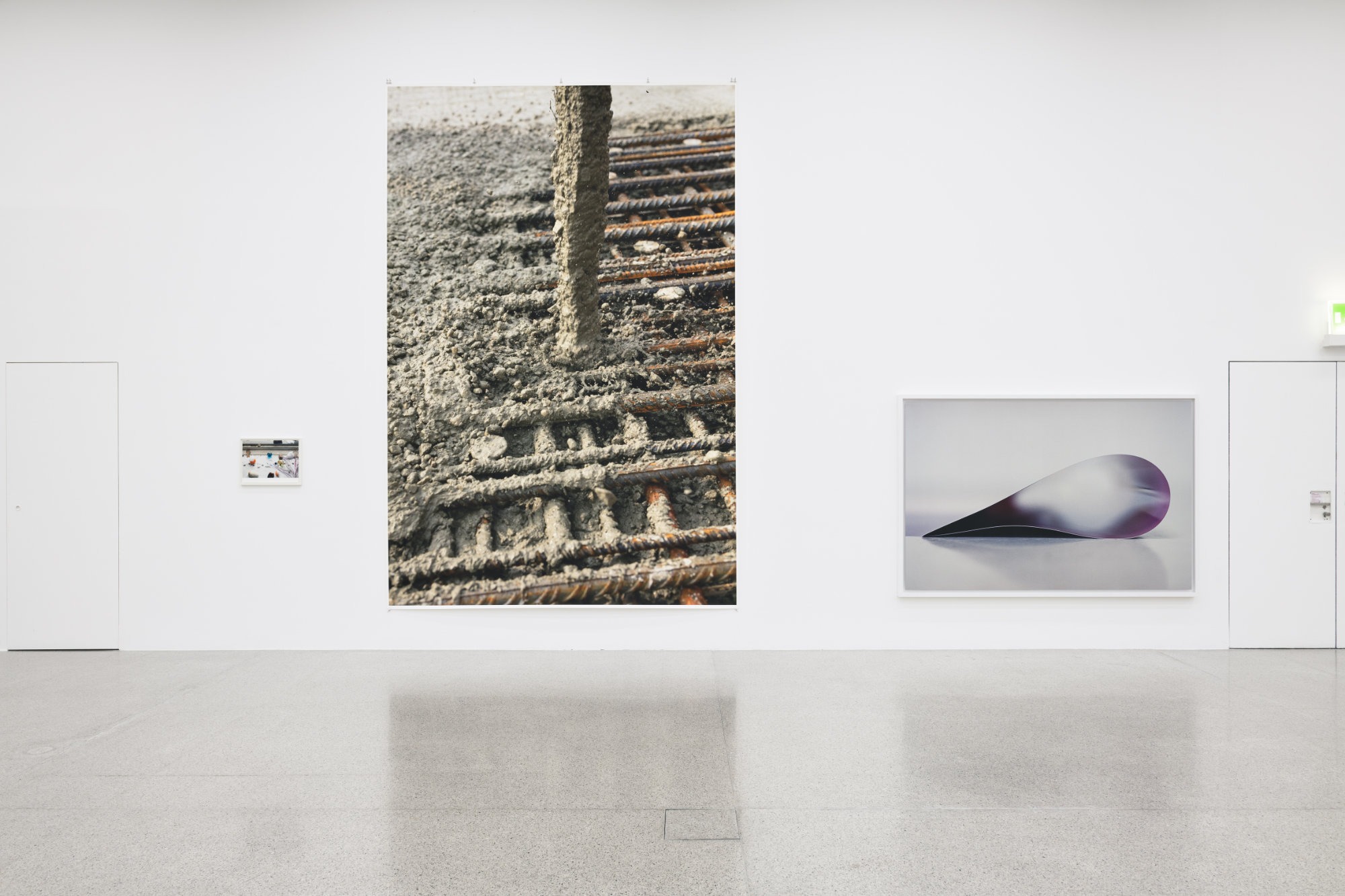
Wolfgang Tillmans, Sound is Liquid, 2021-2022
Exhibition view at mumok, Vienna, 2011
Photo: Georg Petermichl, © mumok
Courtesy of Galerie Buchholz, Maureen Paley, London, David Zwirner, New York
Exhibition view at mumok, Vienna, 2011
Photo: Georg Petermichl, © mumok
Courtesy of Galerie Buchholz, Maureen Paley, London, David Zwirner, New York
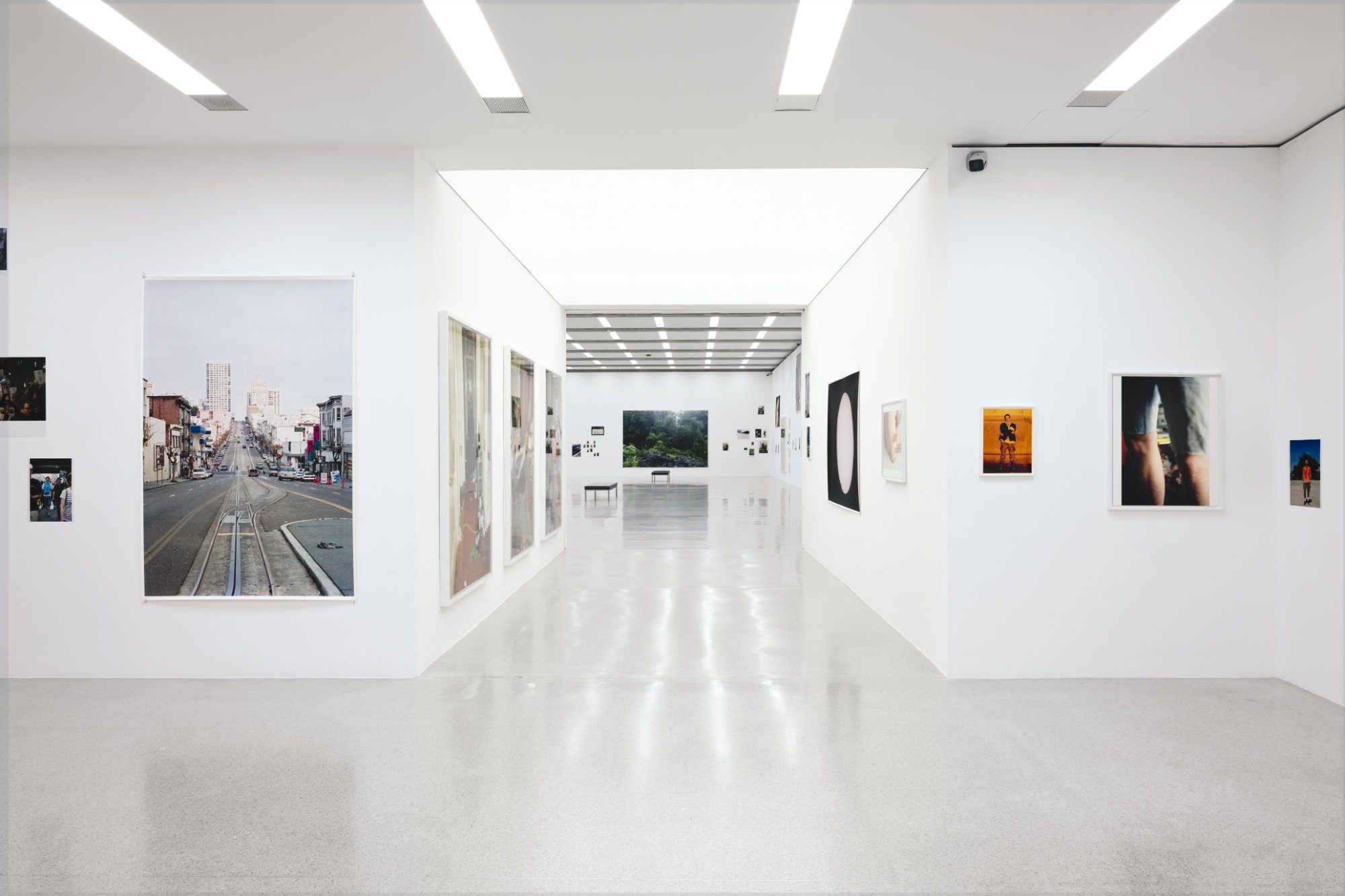
Wolfgang Tillmans, Sound is Liquid, 2021-2022
Exhibition view at mumok, Vienna, 2011
Photo: Georg Petermichl, © mumok
Courtesy of Galerie Buchholz, Maureen Paley, London, David Zwirner, New York
Exhibition view at mumok, Vienna, 2011
Photo: Georg Petermichl, © mumok
Courtesy of Galerie Buchholz, Maureen Paley, London, David Zwirner, New York
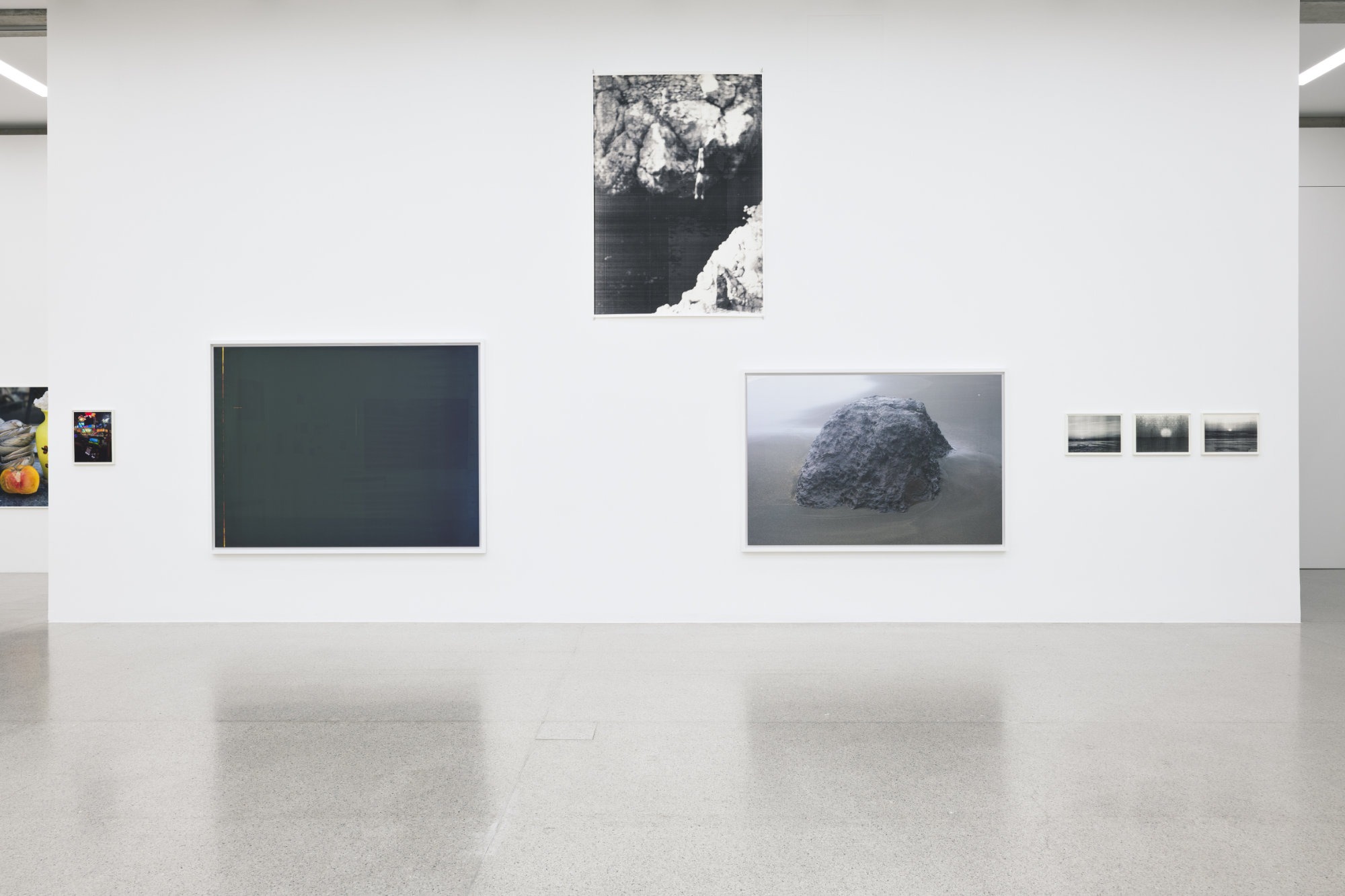
Wolfgang Tillmans, Sound is Liquid, 2021-2022
Exhibition view at mumok, Vienna, 2011
Photo: Georg Petermichl, © mumok
Courtesy of Galerie Buchholz, Maureen Paley, London, David Zwirner, New York
Exhibition view at mumok, Vienna, 2011
Photo: Georg Petermichl, © mumok
Courtesy of Galerie Buchholz, Maureen Paley, London, David Zwirner, New York

Wolfgang Tillmans, Sound is Liquid, 2021-2022
Exhibition view at mumok, Vienna, 2011
Photo: Georg Petermichl, © mumok
Courtesy of Galerie Buchholz, Maureen Paley, London, David Zwirner, New York
Exhibition view at mumok, Vienna, 2011
Photo: Georg Petermichl, © mumok
Courtesy of Galerie Buchholz, Maureen Paley, London, David Zwirner, New York

Wolfgang Tillmans, Sound is Liquid, 2021-2022
Exhibition view at mumok, Vienna, 2011
Photo: Georg Petermichl, © mumok
Courtesy of Galerie Buchholz, Maureen Paley, London, David Zwirner, New York
Exhibition view at mumok, Vienna, 2011
Photo: Georg Petermichl, © mumok
Courtesy of Galerie Buchholz, Maureen Paley, London, David Zwirner, New York
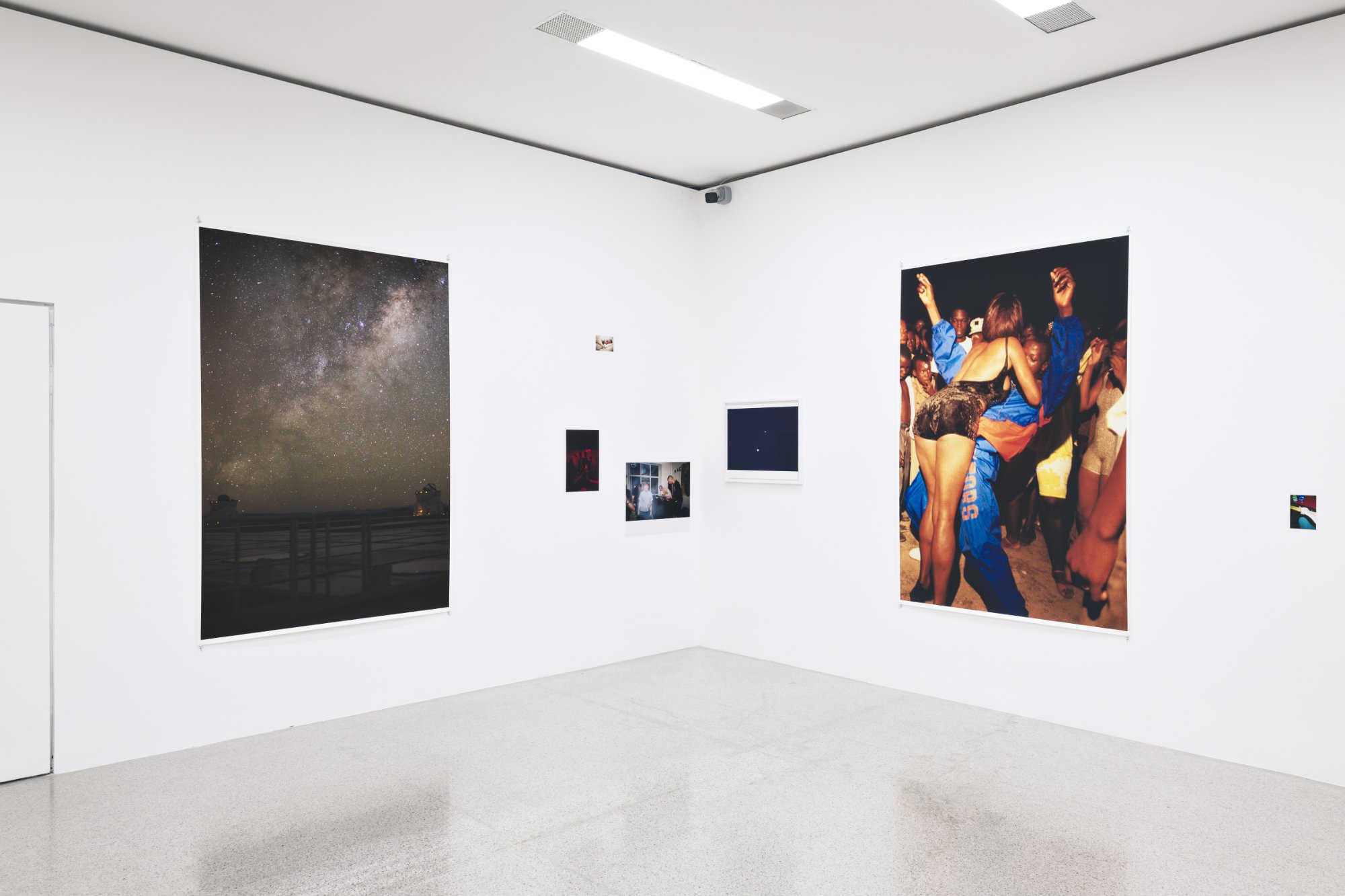
Wolfgang Tillmans, Sound is Liquid, 2021-2022
Exhibition view at mumok, Vienna, 2011
Photo: Georg Petermichl, © mumok
Courtesy of Galerie Buchholz, Maureen Paley, London, David Zwirner, New York
Exhibition view at mumok, Vienna, 2011
Photo: Georg Petermichl, © mumok
Courtesy of Galerie Buchholz, Maureen Paley, London, David Zwirner, New York
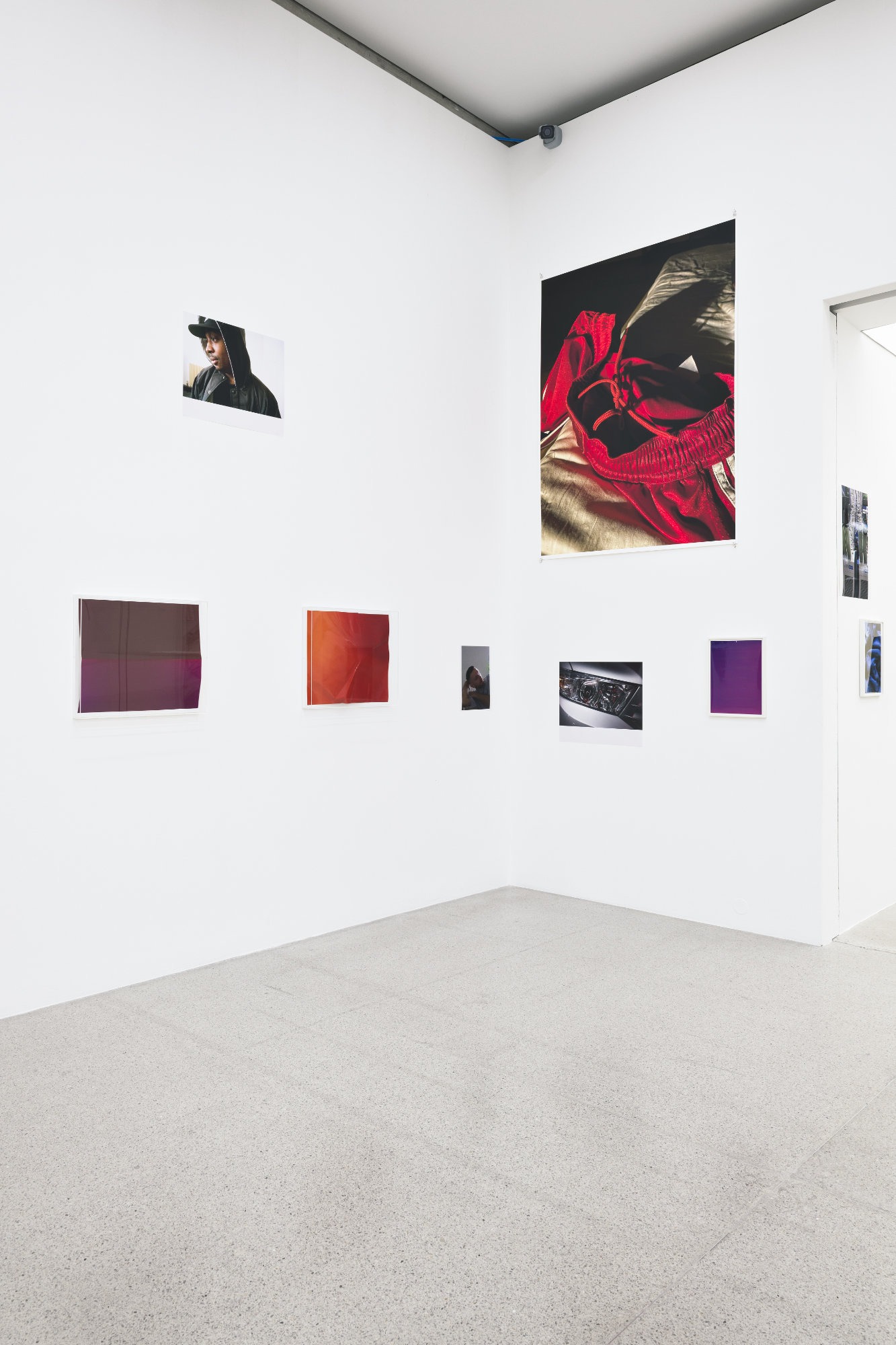
Wolfgang Tillmans, Sound is Liquid, 2021-2022
Exhibition view at mumok, Vienna, 2011
Photo: Georg Petermichl, © mumok
Courtesy of Galerie Buchholz, Maureen Paley, London, David Zwirner, New York
Exhibition view at mumok, Vienna, 2011
Photo: Georg Petermichl, © mumok
Courtesy of Galerie Buchholz, Maureen Paley, London, David Zwirner, New York
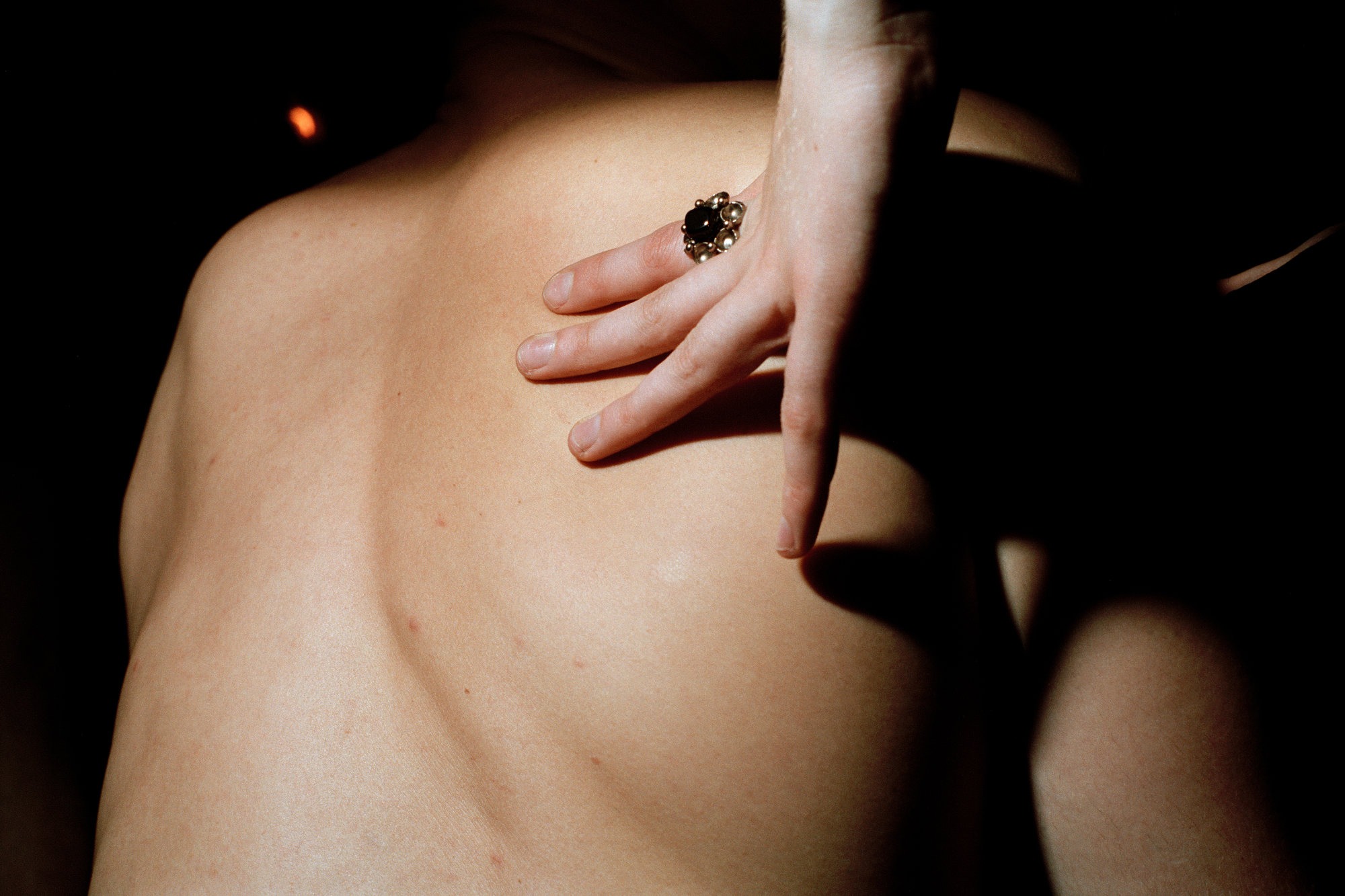
Wolfgang Tillmans
Omen, 1991
Courtesy of Galerie Buchholz, Maureen Paley, London, David Zwirner, New York
Omen, 1991
Courtesy of Galerie Buchholz, Maureen Paley, London, David Zwirner, New York
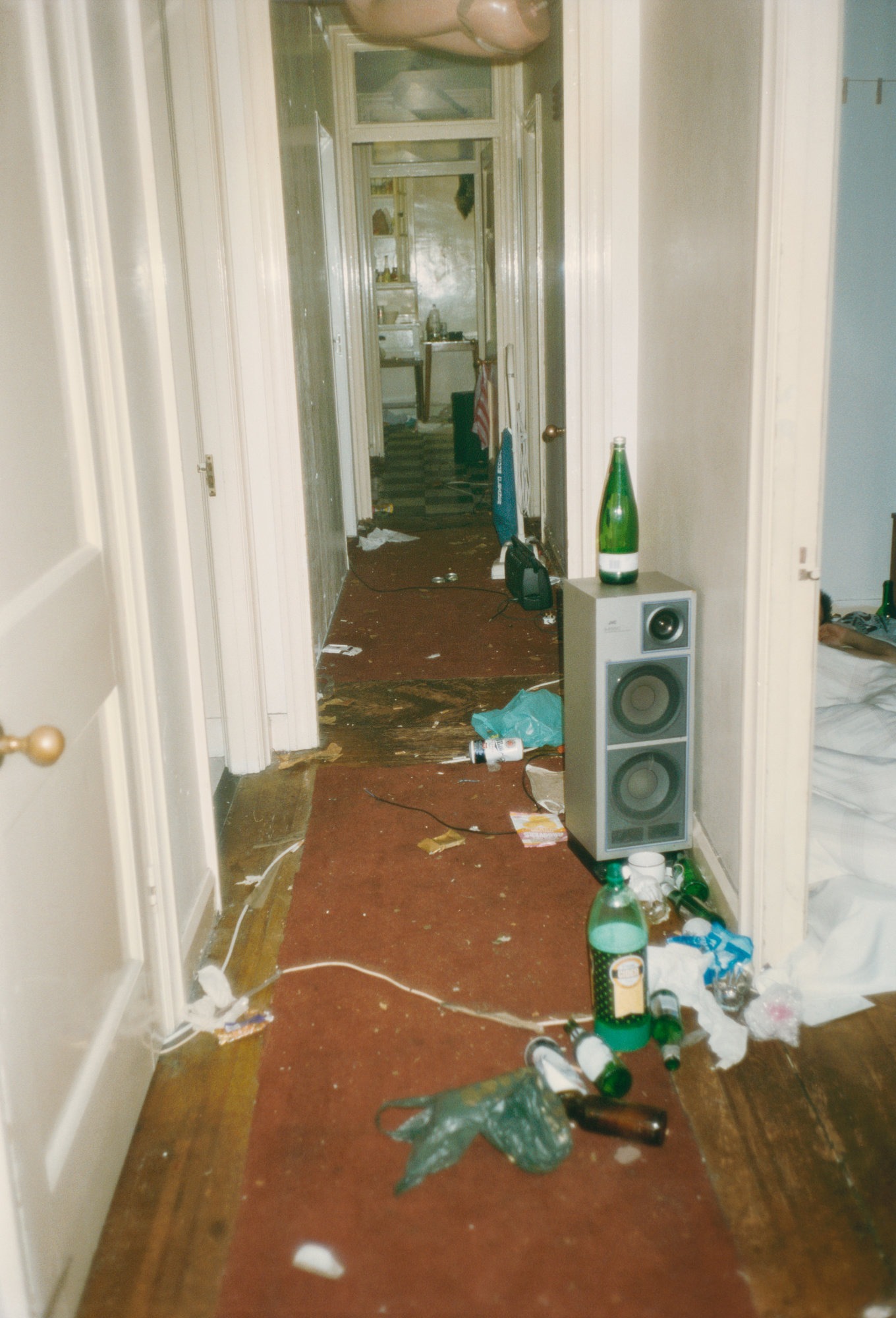
Wolfgang Tillmans
corridor – after party, 1992
Courtesy of Galerie Buchholz, Maureen Paley, London, David Zwirner, New York
corridor – after party, 1992
Courtesy of Galerie Buchholz, Maureen Paley, London, David Zwirner, New York
Wolfgang Tillmans has been exploring since the early 1990s how we view our world and the social conditions in which we live. Guided by the self-critical question "What do I really see? What do I see, and what do I want to see? What is in the picture?” he devotes his work to people and bodies, to landscapes, architectures, objects, and celestial phenomena.
Tillmans produces photographs, installations, videos, and music that push the boundaries of the visible, revealing alternative modes of perception that impart subtle insights into the very foundations of our coexistence and desires. His open- mindedness and rejection of any one-dimensional perspective render unconsidered postulates of truth just as questionable as absolute standpoints or authoritarian attitudes. The resulting works demonstrate the will to form communities, to interact with others, to engage in self-reflection and thus overcome rigid (aggregate) states.
In view of the extraordinary acclaim Wolfgang Tillmans has enjoyed worldwide in recent years, it comes as a surprise that his works have been shown only sporadically in Vienna. It thus seemed to us to be high time to offer a comprehensive look at Tillmans’s multifaceted oeuvre.
The exhibition Wolfgang Tillmans. Sound Is Liquid features early photographs produced in the pop-culture milieu of the 1990s along with abstract images, high- resolution photographs of the globalized and digitalized reality of the early twenty- first century, and photos taken shortly before and during the coronavirus pandemic. The two-channel video installation Book for Architects will also be on view, as well as a number of recent music recordings and videos. Tillman's recently released debut album Moon in Earthlight will also be presented in a sound-video installation in the exhibition space.
Closely observing people, their relationships, and their connection to the things all around them is of central importance to Tillmans’s work. Our interpersonal relations and modes of perceiving bodies, images, materials, and surfaces are currently undergoing far-reaching changes as our everyday lives are increasingly relocated into virtual space. This restructuring of space and the accompanying media developments are also affecting the status of photography and its relationship to materiality and visuality.
In recent years, Wolfgang Tillmans has increasingly turned his attention to this ever- changing relationship between haptics and optics, between body and gaze – whether addressing the materiality of paper and its perception by way of varying forms of presentation, framing, and depiction; exploring different printing processes and inks; or experimenting with degrees of focus and resolution that far exceed our eyes’ capabilities. His works thus repeatedly address the conditions and limits of the visible in relation to other forms of sensory experience, inquiring into the status and role of photography between analogue and digital forms of production and representation. In this way, Tillmans’s art allows us to engage with the “distribution of the sensible,” or rather with those “forms of the reconfiguration of experience” that, as the philosopher Jacques Rancière aptly puts it, also constitute the terrain for “our political subjectification.”
Tillmans’s works on view at mumok deal with social, technological, and media transformation as well as undertaking a pointed examination of forms of presentation and perception in the museum space. Engaging with the distribution of the sensible, in other words, with the relationship between visuality and corporeal presence, entails here last but not least investigating modes of presentation and reception, spatial and dimensional relationships, as well as our experiences of proximity versus distance (which have been thoroughly altered especially over the last year and a half).
Curated by Matthias Michalka
Catalogue
A catalogue will be published by mumok for the exhibition Wolfgang Tillmans. Sound Is Liquid featuring an extensive photo spread designed by the artist himself. In addition, the book contains in-depth essays on specific aspects of the artist’s practice contributed by George T. Baker, Diedrich Diederichsen, Elisabeth Lebovici, and Felicity Scott. The catalogue also contains a booklet with Tillmans' photo documentation of the installation at mumok.
Biography
Wolfgang Tillmans, born in Remscheid in 1968, studied at Bournemouth & Poole College of Art and Design from 1990 to 1992. In 2000 he was the first photographer and non-British artist to be awarded the Turner Prize. In 2013 he became a member of the Royal Academy of Arts, and in 2015 he received the Hasselblad Award.
Since the 2000s, Tillmans’s work has been shown in major solo exhibitions at museums and, from 2012 to 2013, in an extensive survey show that toured South America. The Kunsthalle Zürich (2012) and Les Rencontres d’Arles in France (2013) presented works from his New World group. In 2012 the Moderna Museet in Stockholm showed a selection of works from the last twenty-five years, which was also on view in 2013 at K21, Kunstsammlung Nordrhein-Westfalen in Düsseldorf. Tillmans’s video installation Book for Architects, which debuted at the 2014 Venice Architecture Biennale, was subsequently shown at the Metropolitan Museum of Art in New York. In 2015 he opened a large-scale solo exhibition at the National Museum of Art, Osaka, and in Gothenburg after receiving the Hasselblad Award. Tillmans hadlarge-scale survey exhibitions at the Museu de Arte Contemporânea de Serralves in Porto at the beginning of 2016 and at the Tate Modern in London and the Fondation Beyeler in Riehen near Basel in 2017.
Since 2018, Wolfgang Tillmans has been part of the ifa traveling exhibition FRAGILE, with stations in numerous African capitals including Kinshasa, Nairobi, Johannesburg, Addis Ababa, and Yaoundé. In 2019 and 2020, he had solo shows at venues including Carré d’Art – Musée d’art contemporain in Nîmes, the Irish Museum of Modern Art in Dublin, and WIELS in Brussels. MoMA in New York is planning a comprehensive retrospective in 2022.
In the run-up to the Brexit referendum, Tillmans engaged in political activism for the first time, designing posters encouraging people to vote and arguing in favor of Britain remaining in the EU. His advertisements and posters for the 2017 German federal elections highlighted how higher voter turnout could keep the share of votes for right-wing nationalist parties as low as possible. A political shift to the right throughout the EU and the accompanying anti-EU sentiment in many countries prompted the “Protect the European Union” poster campaign, which was translated into twenty-three languages. In the spring of 2018, Tillmans, together with Stephan Petermann and Rem Koolhaas, called on artists and creative professionals throughout the EU to participate in an advertising campaign for the 2019 European elections. In response to the COVID-19 pandemic, Tillmans developed the 2020Solidarity project in collaboration with the Between Bridges Foundation in order to support venues, social projects, independent spaces, and publications that are threatened by the current crisis through the sale of posters designed by artists.
Wolfgang Tillmans has published more than thirty books and since the 1990s has been responsible for numerous additional publications and editorials, most of which he conceived and designed himself. In recent years, Tillmans has been focusing more on music, producing his own songs and music videos and performing as a musician and DJ. Wolfgang Tillmans lives and works in Berlin and London. Since 2006, he has run the non-profit exhibition space Between Bridges, based first in London and then in Berlin from 2014 to 2019.
The exhibition at mumok is generously supported by the Art Mentor Foundation Lucerne.
Tillmans produces photographs, installations, videos, and music that push the boundaries of the visible, revealing alternative modes of perception that impart subtle insights into the very foundations of our coexistence and desires. His open- mindedness and rejection of any one-dimensional perspective render unconsidered postulates of truth just as questionable as absolute standpoints or authoritarian attitudes. The resulting works demonstrate the will to form communities, to interact with others, to engage in self-reflection and thus overcome rigid (aggregate) states.
In view of the extraordinary acclaim Wolfgang Tillmans has enjoyed worldwide in recent years, it comes as a surprise that his works have been shown only sporadically in Vienna. It thus seemed to us to be high time to offer a comprehensive look at Tillmans’s multifaceted oeuvre.
The exhibition Wolfgang Tillmans. Sound Is Liquid features early photographs produced in the pop-culture milieu of the 1990s along with abstract images, high- resolution photographs of the globalized and digitalized reality of the early twenty- first century, and photos taken shortly before and during the coronavirus pandemic. The two-channel video installation Book for Architects will also be on view, as well as a number of recent music recordings and videos. Tillman's recently released debut album Moon in Earthlight will also be presented in a sound-video installation in the exhibition space.
Closely observing people, their relationships, and their connection to the things all around them is of central importance to Tillmans’s work. Our interpersonal relations and modes of perceiving bodies, images, materials, and surfaces are currently undergoing far-reaching changes as our everyday lives are increasingly relocated into virtual space. This restructuring of space and the accompanying media developments are also affecting the status of photography and its relationship to materiality and visuality.
In recent years, Wolfgang Tillmans has increasingly turned his attention to this ever- changing relationship between haptics and optics, between body and gaze – whether addressing the materiality of paper and its perception by way of varying forms of presentation, framing, and depiction; exploring different printing processes and inks; or experimenting with degrees of focus and resolution that far exceed our eyes’ capabilities. His works thus repeatedly address the conditions and limits of the visible in relation to other forms of sensory experience, inquiring into the status and role of photography between analogue and digital forms of production and representation. In this way, Tillmans’s art allows us to engage with the “distribution of the sensible,” or rather with those “forms of the reconfiguration of experience” that, as the philosopher Jacques Rancière aptly puts it, also constitute the terrain for “our political subjectification.”
Tillmans’s works on view at mumok deal with social, technological, and media transformation as well as undertaking a pointed examination of forms of presentation and perception in the museum space. Engaging with the distribution of the sensible, in other words, with the relationship between visuality and corporeal presence, entails here last but not least investigating modes of presentation and reception, spatial and dimensional relationships, as well as our experiences of proximity versus distance (which have been thoroughly altered especially over the last year and a half).
Curated by Matthias Michalka
Catalogue
A catalogue will be published by mumok for the exhibition Wolfgang Tillmans. Sound Is Liquid featuring an extensive photo spread designed by the artist himself. In addition, the book contains in-depth essays on specific aspects of the artist’s practice contributed by George T. Baker, Diedrich Diederichsen, Elisabeth Lebovici, and Felicity Scott. The catalogue also contains a booklet with Tillmans' photo documentation of the installation at mumok.
Biography
Wolfgang Tillmans, born in Remscheid in 1968, studied at Bournemouth & Poole College of Art and Design from 1990 to 1992. In 2000 he was the first photographer and non-British artist to be awarded the Turner Prize. In 2013 he became a member of the Royal Academy of Arts, and in 2015 he received the Hasselblad Award.
Since the 2000s, Tillmans’s work has been shown in major solo exhibitions at museums and, from 2012 to 2013, in an extensive survey show that toured South America. The Kunsthalle Zürich (2012) and Les Rencontres d’Arles in France (2013) presented works from his New World group. In 2012 the Moderna Museet in Stockholm showed a selection of works from the last twenty-five years, which was also on view in 2013 at K21, Kunstsammlung Nordrhein-Westfalen in Düsseldorf. Tillmans’s video installation Book for Architects, which debuted at the 2014 Venice Architecture Biennale, was subsequently shown at the Metropolitan Museum of Art in New York. In 2015 he opened a large-scale solo exhibition at the National Museum of Art, Osaka, and in Gothenburg after receiving the Hasselblad Award. Tillmans hadlarge-scale survey exhibitions at the Museu de Arte Contemporânea de Serralves in Porto at the beginning of 2016 and at the Tate Modern in London and the Fondation Beyeler in Riehen near Basel in 2017.
Since 2018, Wolfgang Tillmans has been part of the ifa traveling exhibition FRAGILE, with stations in numerous African capitals including Kinshasa, Nairobi, Johannesburg, Addis Ababa, and Yaoundé. In 2019 and 2020, he had solo shows at venues including Carré d’Art – Musée d’art contemporain in Nîmes, the Irish Museum of Modern Art in Dublin, and WIELS in Brussels. MoMA in New York is planning a comprehensive retrospective in 2022.
In the run-up to the Brexit referendum, Tillmans engaged in political activism for the first time, designing posters encouraging people to vote and arguing in favor of Britain remaining in the EU. His advertisements and posters for the 2017 German federal elections highlighted how higher voter turnout could keep the share of votes for right-wing nationalist parties as low as possible. A political shift to the right throughout the EU and the accompanying anti-EU sentiment in many countries prompted the “Protect the European Union” poster campaign, which was translated into twenty-three languages. In the spring of 2018, Tillmans, together with Stephan Petermann and Rem Koolhaas, called on artists and creative professionals throughout the EU to participate in an advertising campaign for the 2019 European elections. In response to the COVID-19 pandemic, Tillmans developed the 2020Solidarity project in collaboration with the Between Bridges Foundation in order to support venues, social projects, independent spaces, and publications that are threatened by the current crisis through the sale of posters designed by artists.
Wolfgang Tillmans has published more than thirty books and since the 1990s has been responsible for numerous additional publications and editorials, most of which he conceived and designed himself. In recent years, Tillmans has been focusing more on music, producing his own songs and music videos and performing as a musician and DJ. Wolfgang Tillmans lives and works in Berlin and London. Since 2006, he has run the non-profit exhibition space Between Bridges, based first in London and then in Berlin from 2014 to 2019.
The exhibition at mumok is generously supported by the Art Mentor Foundation Lucerne.
